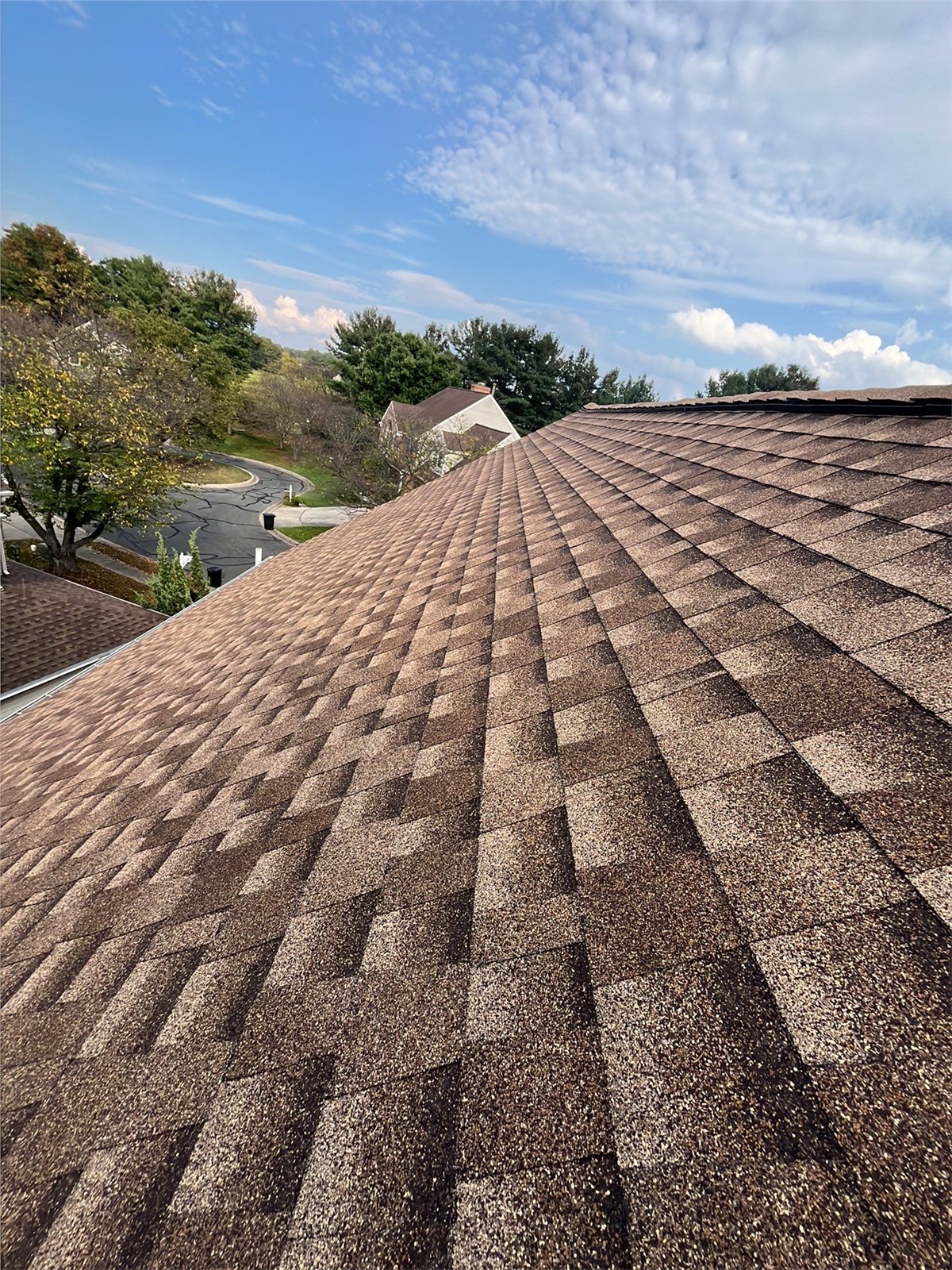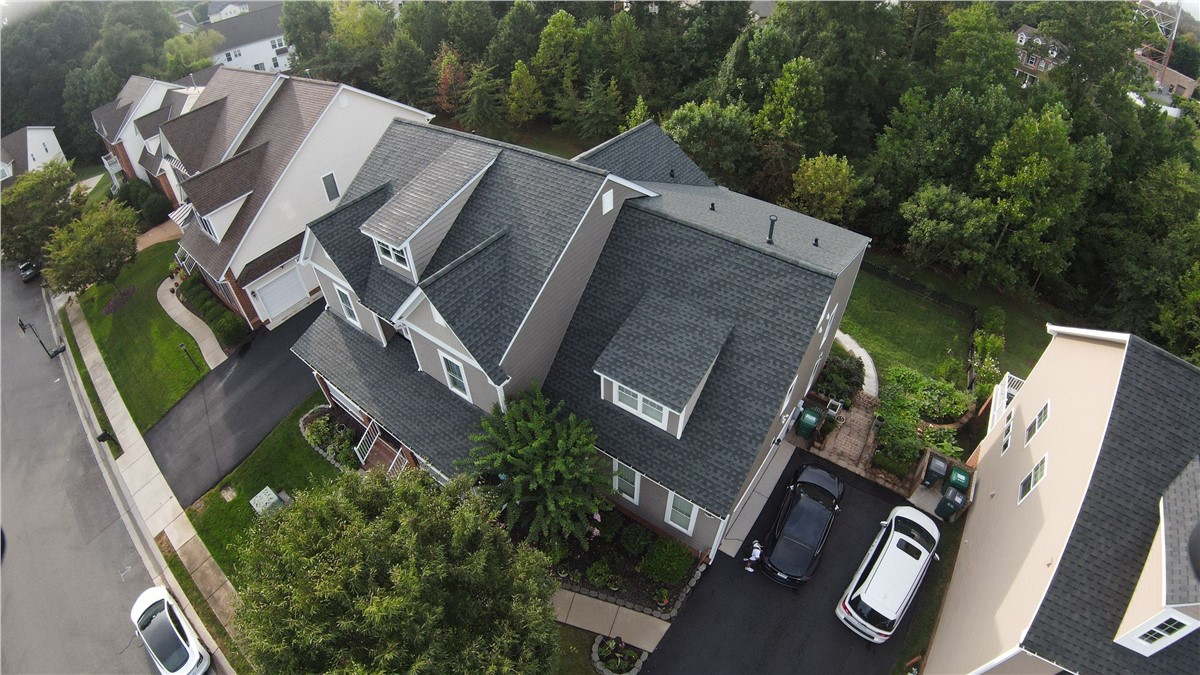Your roof is one of the most important parts of your home. It's responsible for withstanding weather, providing ample insulation, and keeping your home energy-efficient, among many other items as well.
Read MoreThere are many benefits to working with a local roofing company.
Read MoreIf you have ever experienced roof leaks, you know how much trouble they can cause. One serious issue that homeowners have to deal with is mold growth from roof leaks.
Read MoreInstalling roof shingles is a large project and can be overwhelming for homeowners. If your home requires shingle roof replacement, it helps to familiarize yourself with the general roofing process and various roofing installation methods. There are many steps involved in roof shingle installation.
Read MoreThe residential roofing industry offers many roofing materials, but time and time again, homeowners in Gaithersburg choose asphalt shingles. Most roofs in the Gaithersburg area are constructed using asphalt shingles.
Read MoreRoof maintenance is an important part of being a homeowner, and addressing shingle damage is one way to ensure that your roofing system stays in tip-top condition.
Read MoreAs wonderful as the Richmond area may be to call home, this region can be quite susceptible to strong storms - especially those that bring hail. While normally minor, occasionally hail can be big enough to wreak havoc on your home's roofing. In some cases, it can even result in severe damage.
Read MoreOne missing shingle may seem like a small issue in the grand scheme of things, but it can actually be devastating if left exposed to the elements. While the single missing shingle may not be a concern for energy efficiency or wind storms, it can be a problem for weather like rain or snow.
Read MoreA sagging roof is one of the most concerning issues to have with a home. Not only can a sagging roof be a costly endeavor to fix, but it may indicate that the home is structurally unsound.
Read MoreThe overall health of the roof of your home in Woodbridge is extremely important. And even more important is the ability to recognize when there's an issue, such as a leak. Because even a minor leak can turn into a massive problem if gone unchecked for a long period of time.
Read MoreSubscribe to Shanco's Blog










